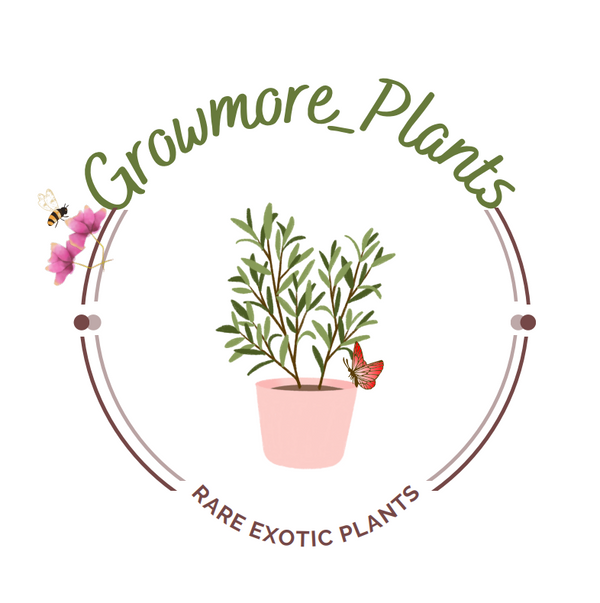Recipes using our Curry Leaves
The Sizzling Secret Behind the Best Indian Cooking is the Vagar / Tempering or Tardka
First, find your favorite dal
There are too many dals on this planet to address them all. Instead, I'll introduce you to the handful of varieties I cook most often. All of these pulses can be mixed and matched in any combination when making dal.
Moong dal, the pale, butter-yellow split dal made from hulled green mung beans. It's one of the quickest-cooking dals, which is probably why I choose it so often.
Urad dal, a black-skinned dal with a white interior, is the basis for indulgent butter dal (dal makhani), where it is cooked with dairy, ghee and red beans.
Masoor dal is a deep pinkish-orange split lentil (also called red lentil) that turns into a gentle golden color once cooked. It's commonly stewed or used in soups.
Chana dal is actually a large category of chickpea varieties, ranging in color from blackish brown to pale beige. Like whole cooked chickpeas, chana dal has an especially earthy, nutty taste.
Toor or toovar dal are split and hulled pigeon peas, and taste like a more flavorful version of yellow split peas. They're especially popular in south Indian sambhar.
Then give your dal a bath, not a shower
I always thoroughly wash the dal in a large bowl, swish it around thoroughly, and then drain. Repeat until the water runs clear.
Simmer the dal
By and large, hulled dals will cook faster than their skin-on counterparts, and split dals will cook faster than whole ones. Many Indian home cooks use pressure cookers for making dal, including my myself or start by simmering it in water.
I want the dal to be loose enough to puddle on the plate, never pasty. You can easily thicken the dal by simmering it a bit more (uncovered, of course), or thin it out a bit with some extra water.
Finish the dal with flavor
Like the word dal, Vagar / tempering or tardka is a double-duty term in the Indian kitchen. The tardka is both the seasoning itself and the act of adding it to the dal. The tardka is usually made with melted ghee or oil, into which whole or ground spices such as cumin (jeera), coriander seed, clove, cinnamon, cardamom, peppercorns, mustard seed, asafoetida, or fenugreek are fried. Onions, garlic, tomatoes, curry leaves, and chiles—fresh or dried— may also be included.
Stir the tardka into the dal and simmer for a few minutes then lastly add a little chopped fresh coriander for the customary garnish.
Ingredients in the pressure cooker
- 1 cup of your fav dal
- 3 cups of water
- star anise
- cinnamon stick
- 1 teaspoon salt
- handful of raw red peanuts
------
- 1 tablespoon vegetable oil
- 1 teaspoon black mustard seeds
- 1/2 hing (asafoetida)
- 1 teaspoon Jeera (Cumin seeds)
- 2 cloves
- 3 peppercorns
- 2 cardamom
- 1 chili
- 1/2 teaspoon turmeric
- 4/5 curry leaves
- 3 cloves of garlic
- 2 tablespoons tomatoe purée
- 1 inch grated ginger
- 1 teaspoon of gor (jaggery)
- 1/2 lemon juice
- handful of chopped coriander leaves
I could keep going on - dal is a never-ending topic. But understanding how to make dal is simple—it is our staple feel-good food. You can dress it up or pare it down, but whatever way you choose, you’ll be satisfied.


